Massachusetts Quaker Meetinghouses | Featured Photographer Jean Schnell
A collection of images by featured photographer Jean Schnell celebrating the beauty of Quaker meetinghouses.
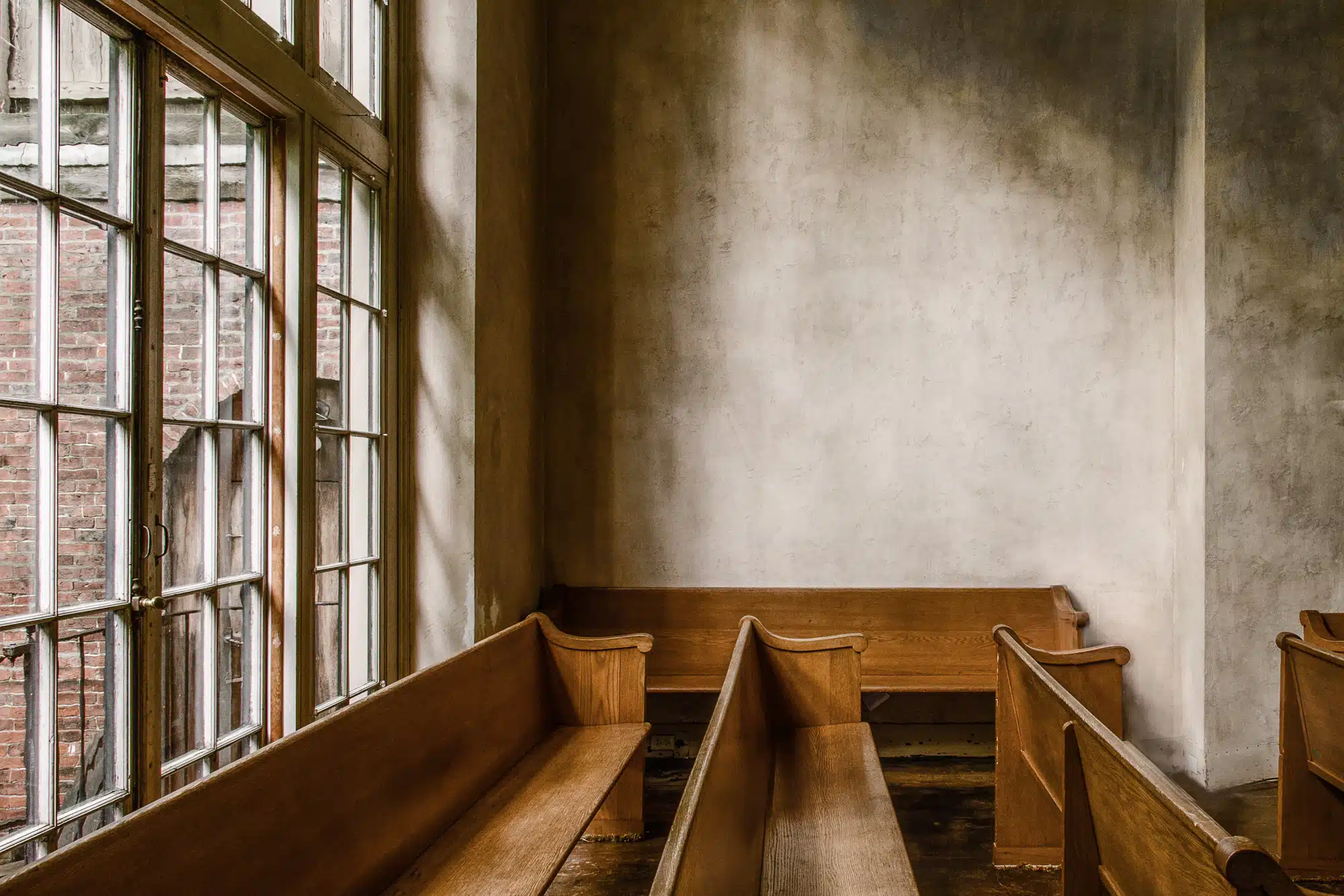
Beacon Hill Friends Meetingroom, Boston, MA. This Meetingroom is located in Beacon Hill Friends House. This house began as two houses: 2 five-story brick family homes designed by Charles Bullfinch in 1805-1806. The 2 houses are now combined into one known as Beacon Hill Friends House. The music room/ballroom on the ground floor has a teak floor and a grand fireplace, made with teak and black marble This room is now the Meetingroom of the Beacon Hill Friends Meeting
Photo Credit: Jean Schnell
Photo Credit : Jean Schnell
DESCRIBE YOUR CONNECTION TO NEW ENGLAND.
Each summer when I was very young, my family drove from Philadelphia, where we lived, to the Damariscotta region in Maine. I loved the lake and going to the rocky coast to see the Pemaquid lighthouse and get some fresh lobsters. When I was older, I traveled with my parents to Acadia for summer vacations. I still love to visit there. I moved to Massachusetts when I was a young adult and now consider it my home. My children were raised in Massachusetts, so I now have deep roots with family and friends in the area. Now that I am retired, I like to explore all the hidden — and not so hidden — treasures in New England.
DESCRIBE YOUR EQUIPMENT AND PROCESS.
For photographing the Quaker meetinghouses in Massachusetts, I used a Nikon D7000, D7100, a tripod, and natural light. As I continue with this project in the other New England states, I am using a Nikon D750. It’s fairly simple and straightforward equipment.
I use a meditative approach to the photography. I normally spend a full day in each meetinghouse, meditating before picking up my camera.
WHAT INSPIRES YOU?
Stylistically, I was influenced by two artists. Andrew Wyeth’s interiors and somber color palette helped me to understand that a quiet interior scene is a worthy subject for a photograph. Heather Neill’s “Reclamation” series gave me ideas on how to photograph the windows and window light, and helped me to understand the decisions I had to make about whether the exterior should be part of the interior scene.
Initial inspiration for this Quaker meetinghouse collection came from the desire to try my hand at making a fine-art collection of photographs around a single subject. It was important that I felt an affinity for my subject. Since I am a lifelong Quaker, I’m very familiar with the beauty of the Quaker meetinghouses, so this subject seemed a natural fit. It became a labor of love to show the essence of my Quakerism in photographs.
Photographing 23 Massachusetts Quaker meetinghouses over three years was a bonanza of “photo-learning firsts.” The drive to keep going on such a lengthy project was, and still is, provided by the support of family, friends, mentor Alison Shaw, and my entire mentorship group. They encouraged me and provided insightful feedback as I photographed and edited this collection, “Framing the Light: Quaker Meetinghouses as Space and Spirit.”
To see more of Schnell’s work and learn more about the places she photographed, go to jeanschnell.com.
Massachusetts Quaker Meetinghouses
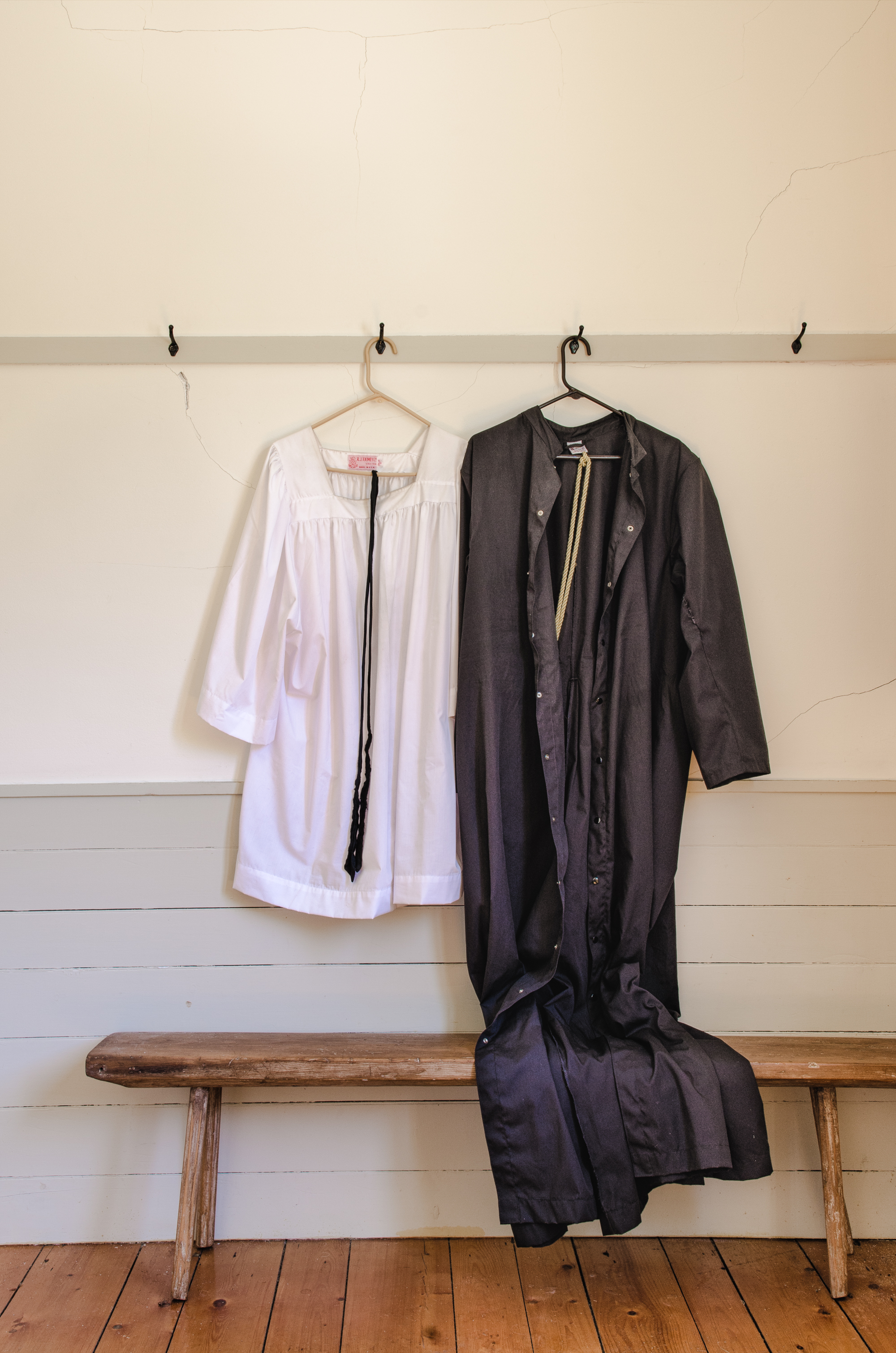
Photo Credit : Jean Schnell
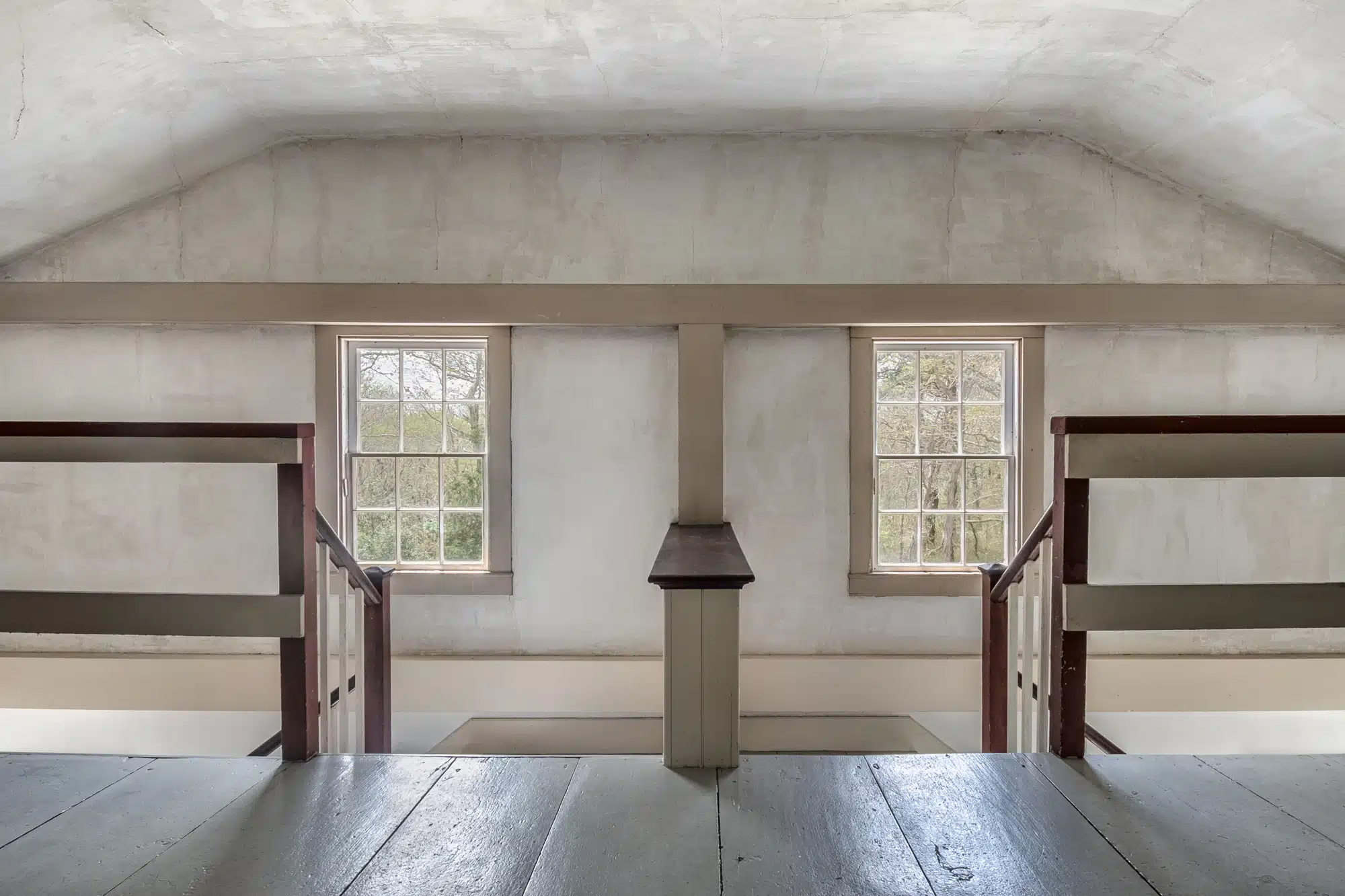
Photo Credit : Jean Schnell
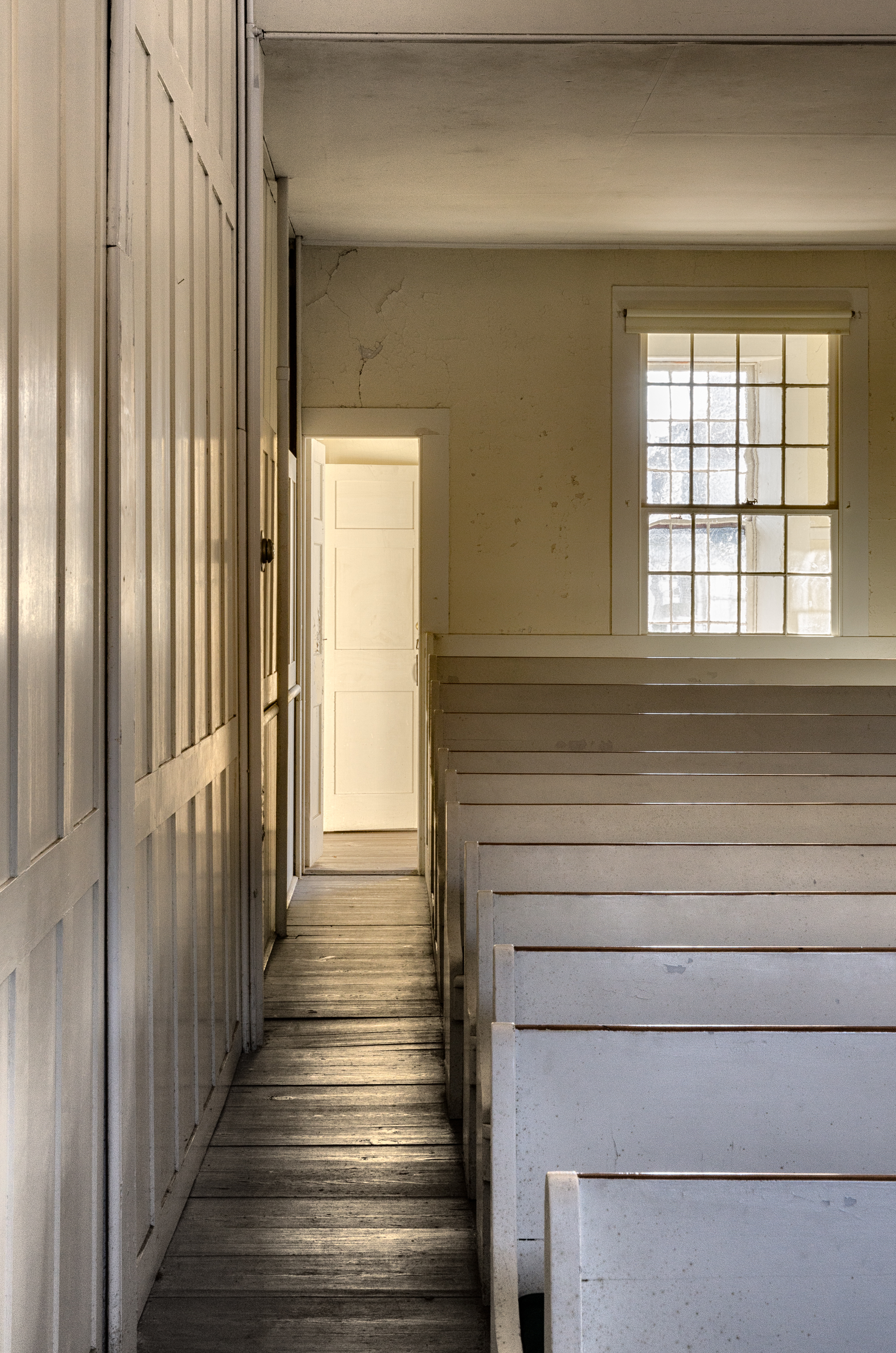
Photo Credit : Jean Schnell
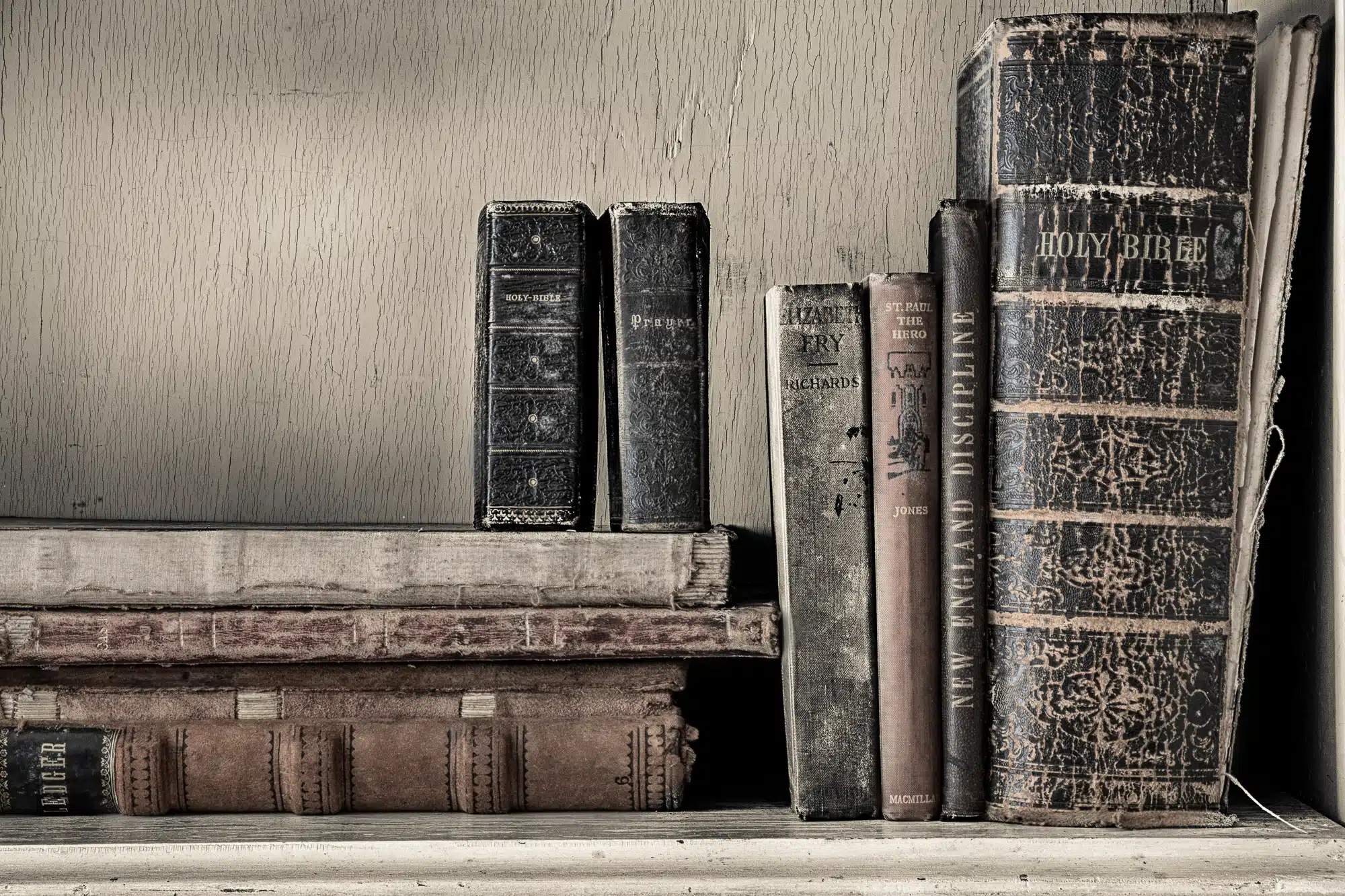
Photo Credit : Jean Schnell
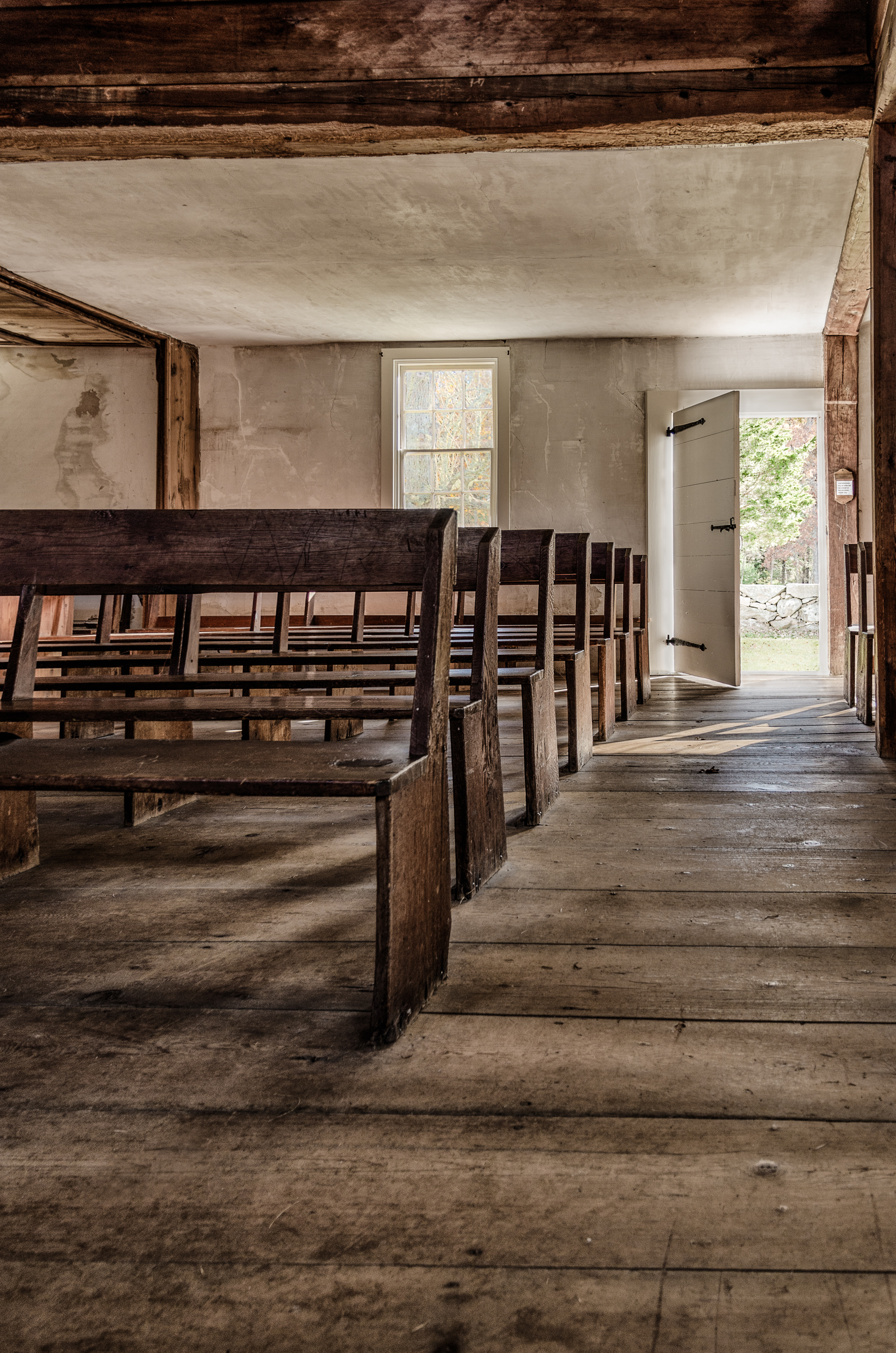
Photo Credit : Jean Schnell
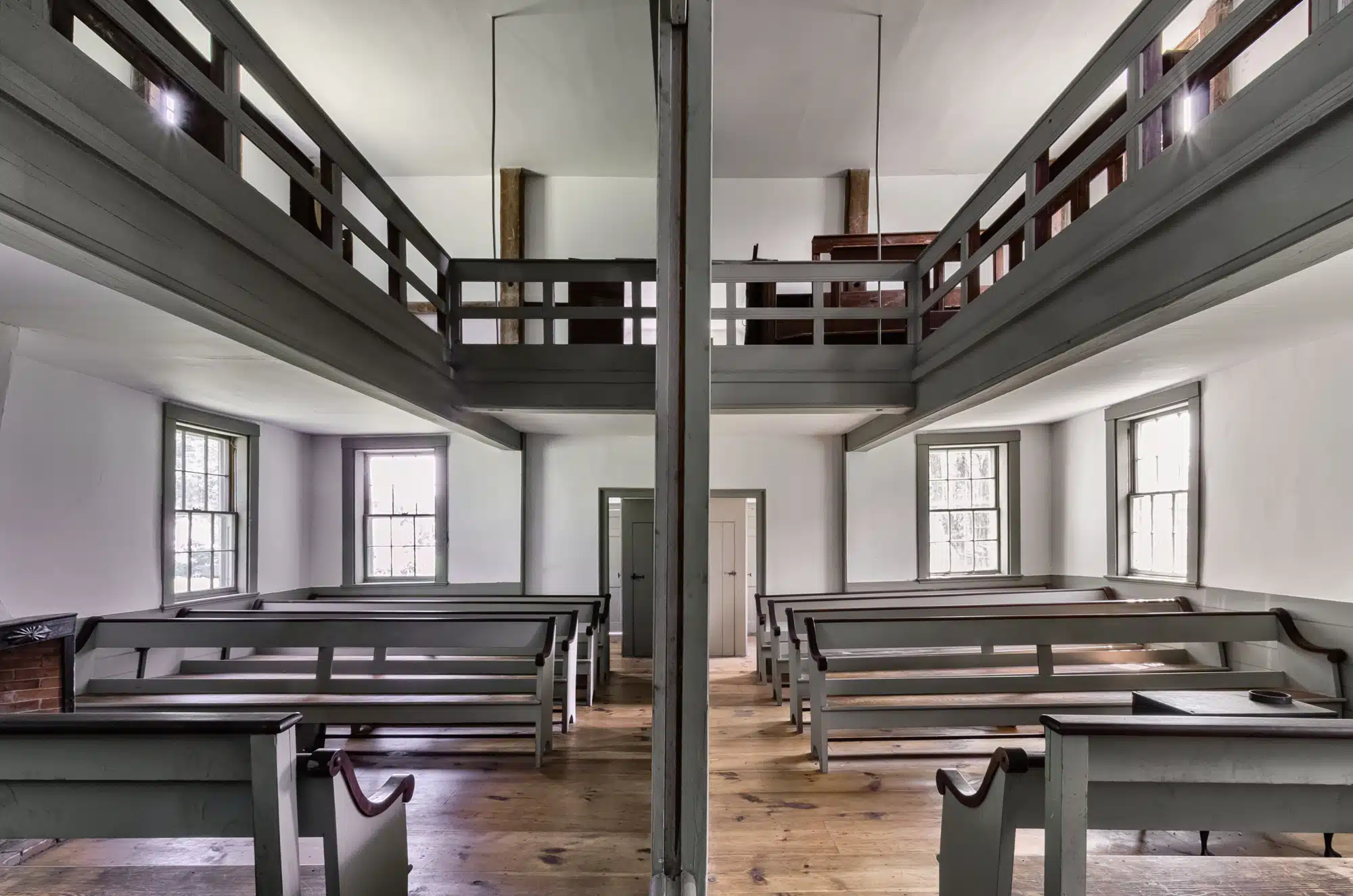
Photo Credit : Jean Schnell
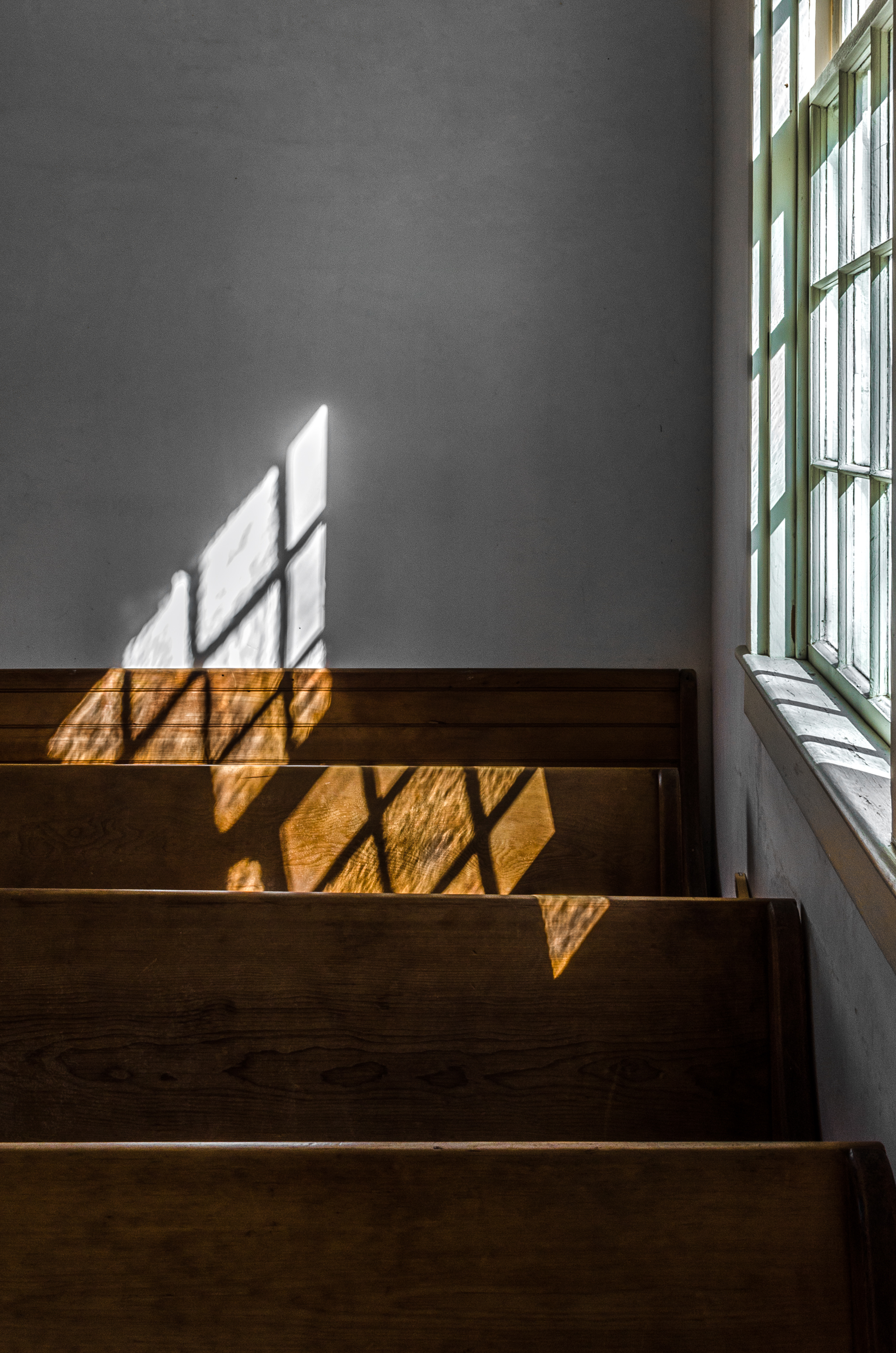
Photo Credit : Jean Schnell
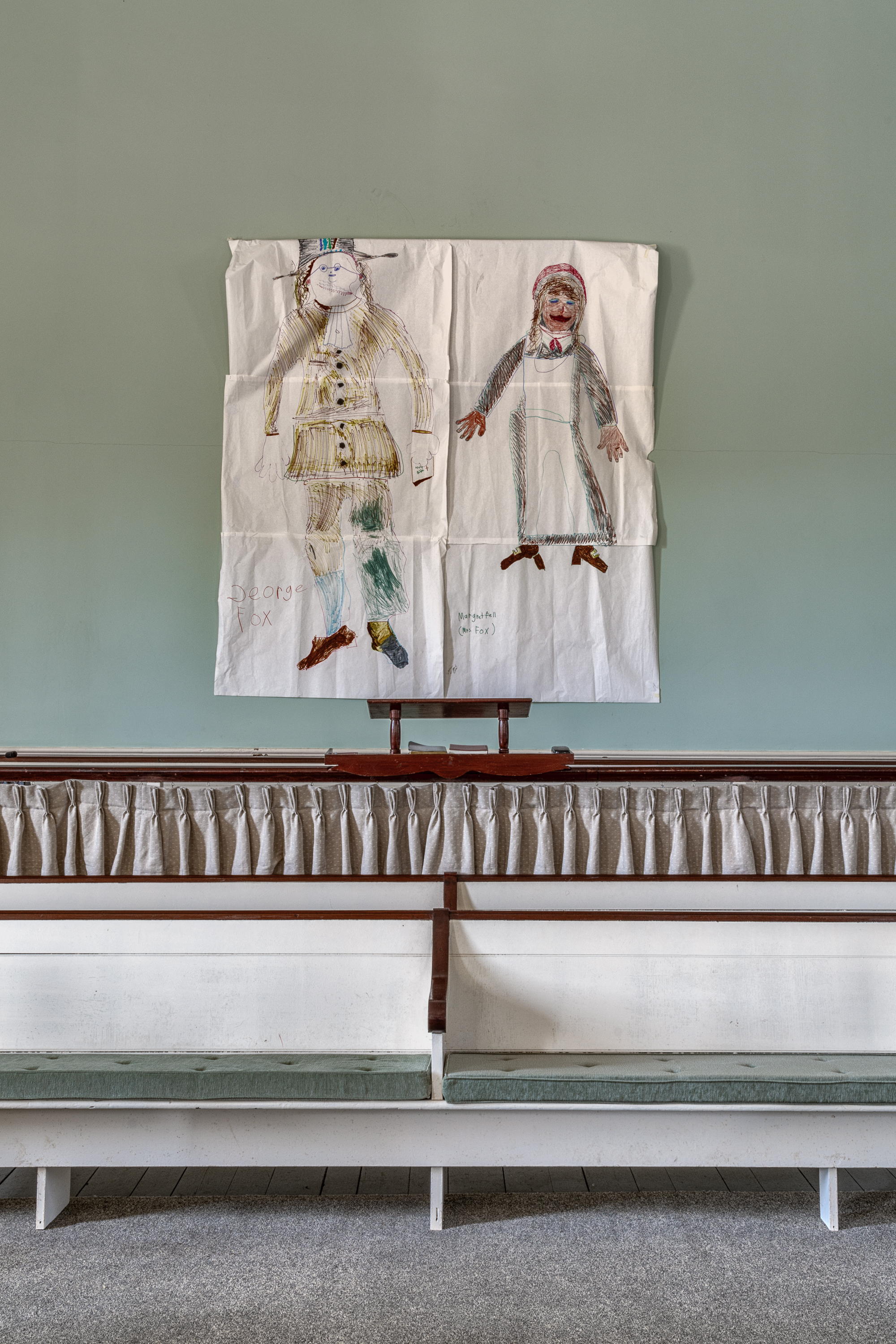
Photo Credit : Jean Schnell
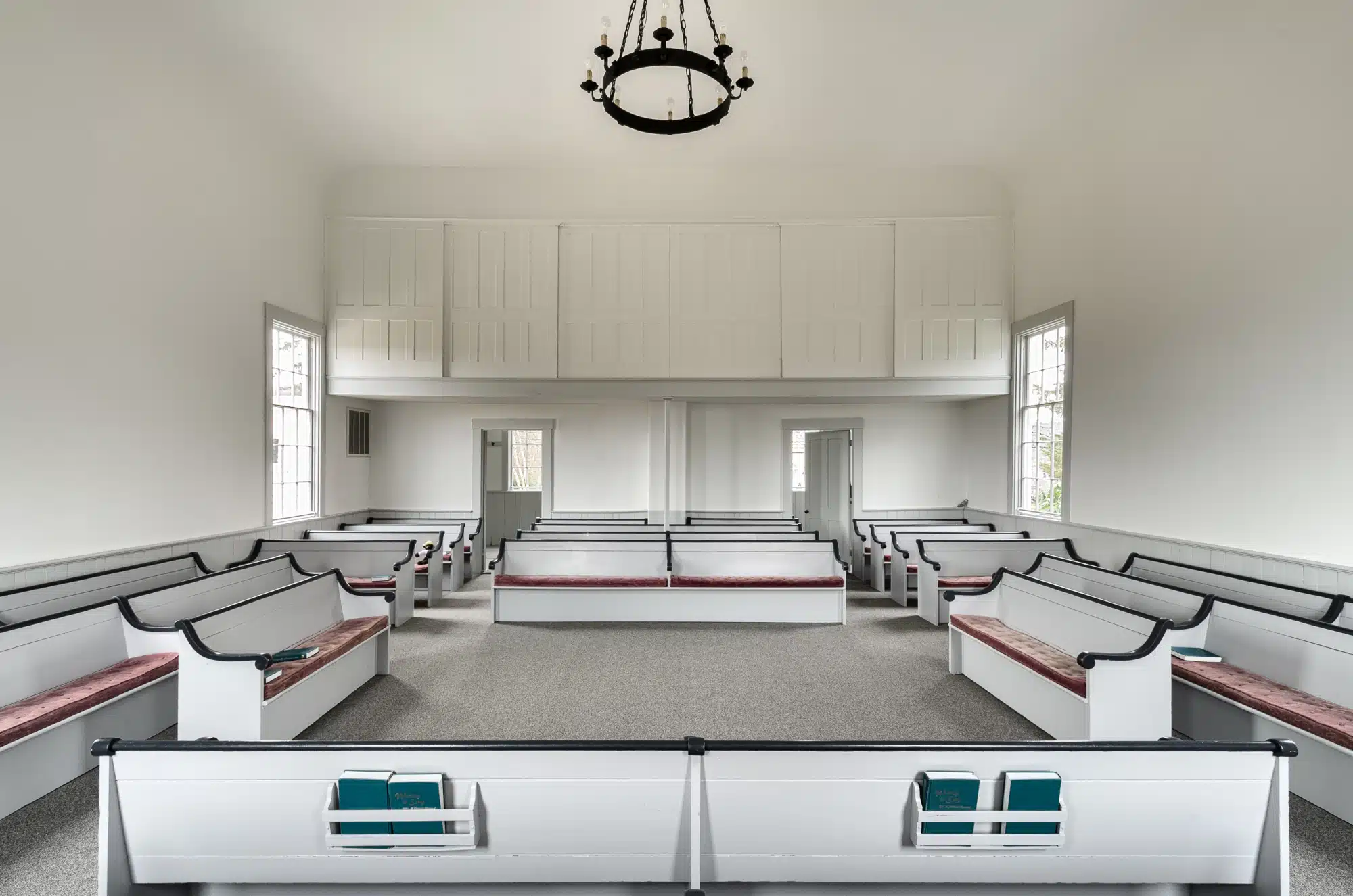
Photo Credit : Jean Schnell
This post was first published in 2018 and has been updated.






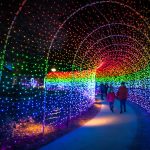
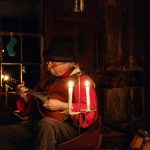
Today everything is so cluttered and busy, I find these photographs particularly refreshing.
I am so very pleased to see Jean’s Meetinghouse series shared in Yankee. She captures the quiet beauty and peacefulness of Friends Meetinghouses.
Such a gentle way of explaining some of Quakerism while describing these beautiful photos.
The pure simplicity of graphic images and the uncluttered content of the photos – love them all – would make a great series of photos on a wall! Hope to see more of your work!
Thanks, Jean. Are there other MA Quaker meetinghouse pictures? I didn’t see a picture for the East Blackstone Meetinghouse. I know what it looks like since I have visited a couple of times and I hope you can share it with your followers sometime. My family helped build it and then my great-grandfather established a fund to maintain the meetinghouse when the meeting folded in the early 1900s. I’ve photographed several Quaker meetinghouses in various states and I always like to see more. Thanks again, Jean.
I was so happy to find the North Dartmouth Meeting House still intact and in use. As a child, I waited for the bus at the corner of Tucker Road and Route 6. Many days I would go into the Meeting House and wonder about the people who gathered there. I was heart broken when I learned it was no longer in its original place. Think I will take a trip to Deerfield for old times sake. Just want to mention how beautiful the Westport Meeting House is. Thanks.
Thank You, I have been to some of the meeting houses and found the stories interesting.
That was a real treat. Beautiful artwork, beautiful subject. Thank you.
What a beautiful set of photographs, set in beautiful surroundings. I especially liked the photo of the sunlight on the stairs. Very quiet and soothing. Clare Witcomb
I too am enchanted by these beautiful photographs. The building’s simplicity and graceful proportions perfectly reflect their character as sacred spaces. I was very glad to see the North Dartmouth Meetinghouse had been saved and is being used as a place of worship. We lived nearby and drove by it daily. I was sad when it disappeared and feared it had been demolished. The New Bedford Meetinghouse was on my daily walk to work. I have been to events at the Mattapoisett Meetinghouse, and look forward to the annual book sale at Westport.
My 12th ggf Donated 6 acres of land to build the apponegansett Meeting House with cemetery. I also found out he was buried there . I love all the pics and info. For all the Meeting Houses. Thank You MY ancestor was Giles Slocum.